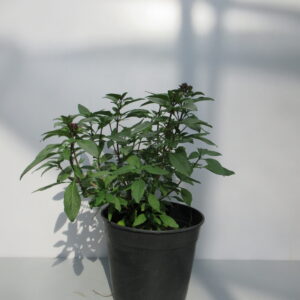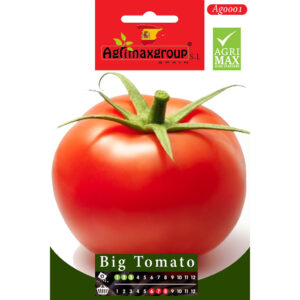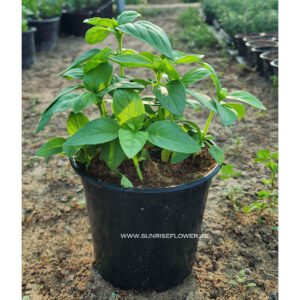Mint is a fragrant herb known for its fresh, cooling flavor and aromatic properties. It belongs to the genus Mentha, which includes various species such as peppermint (Mentha × piperita) and spearmint (Mentha spicata). Mint plants have square stems, opposite leaf arrangements, and small, purple, pink, or white flowers that grow in clusters. The leaves are typically bright green, serrated, and slightly fuzzy.
Culinary Uses
Mint Herb Aromatic Nanah is a staple in many cuisines around the world. Its fresh and cooling flavor enhances both sweet and savory dishes. Mint is a key ingredient in drinks like mojitos, mint juleps, and various teas. In the Middle East, mint tea is a traditional beverage, often served sweetened and hot. Fresh mint leaves add a burst of flavor to salads. For instance, tabbouleh, a Middle Eastern salad, prominently features mint. Mint sauce and mint jelly are often served with lamb dishes. Chutneys incorporating mint are popular in Indian cuisine. Mint complements desserts such as ice cream, chocolate dishes, and fruit salads
Aromatic and Cosmetic Uses
Mint’s refreshing scent is a common feature in many personal care products, Mint is a common ingredient in oral hygiene products due to its fresh flavor and antimicrobial effects. The cooling and soothing properties of mint are utilized in lotions, balms, and other skincare products. Mint essential oils are used in aromatherapy to reduce stress, improve concentration, and provide a sense of calm.
Cultivating mint is relatively easy. This hardy perennial thrives in moist, well-drained soil and partial to full sunlight. However, gardeners should be cautious because mint spreads rapidly through underground runners. To control its growth, many prefer to grow it in containers. Overall, mint’s versatility and refreshing properties make it a popular choice for gardens and kitchens worldwide.
You may also like Savor Freshness: Outdoor Curry Leaves Plant Oregano Cuban Herb, Mint Plant | Herbs, Coriander plant
















There are no reviews yet.